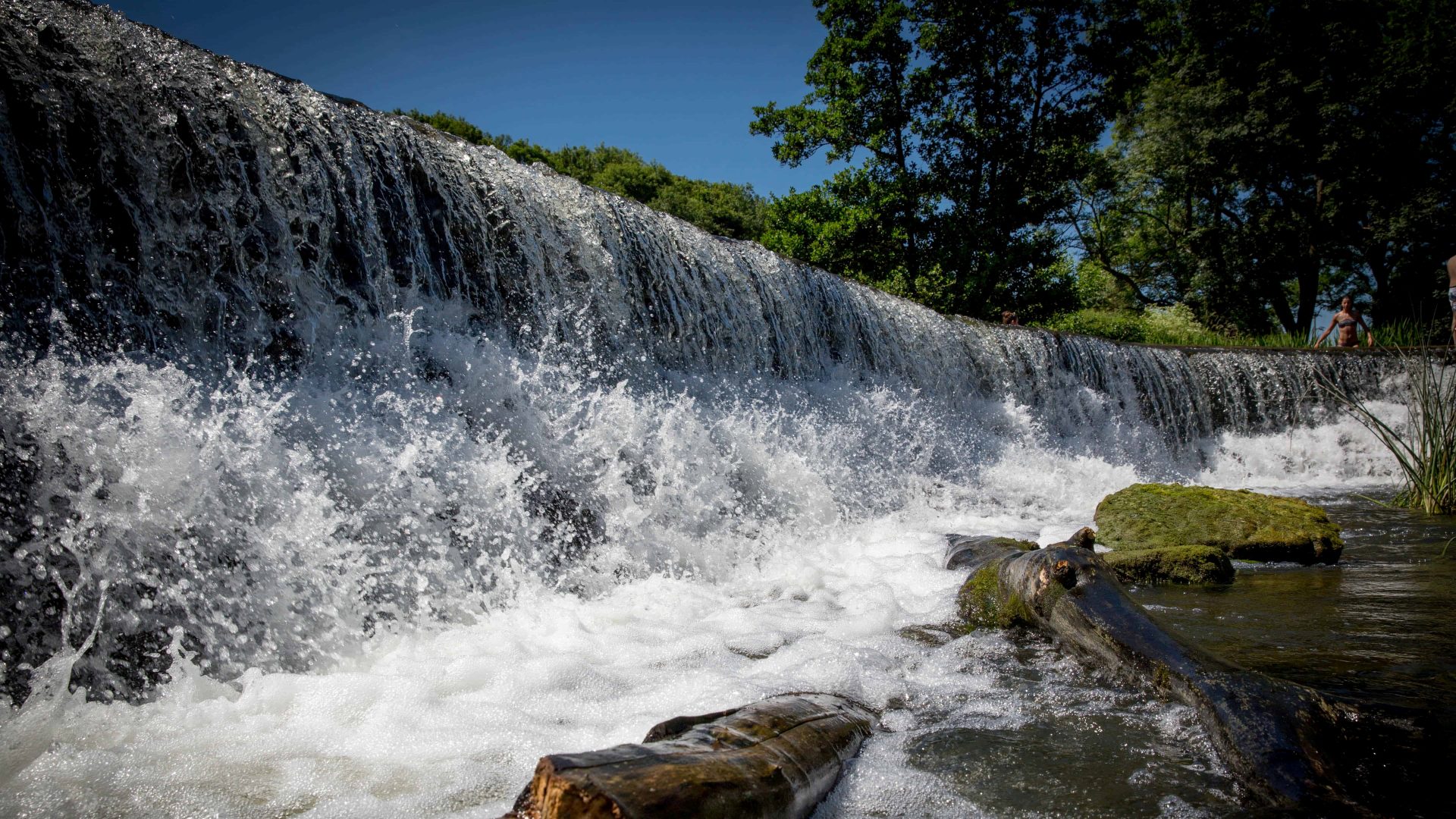Artificial intelligence is helping Wessex Water monitor water quality at a popular wild swimming spot near Bath. Wessex Water has been carrying out a pioneering bathing water investigation at Warleigh Weir since April 2021, supported by the Rivers Trust, Environment Agency and the landowner.
Leading AI providers UnifAI Technology has now developed a UK-first WebApp which shows data collected by sensors at sample points at Warleigh and Monkton Combe every 30 minutes.
The app uses algorithms to give half-hourly predictions on bacteria levels in the River Avon. Though still in the development phase, current testing shows the algorithm to be 90% accurate when compared to laboratory samples.
As well as bacteria levels, the app shows four other parameters that could be of interest to swimmers – temperature, water level, water flow and rainfall. The temperature parameter is based on Outdoor Swimming Society advice that water below 15 degrees can risk ‘cold water shock’.
Ruth Barden, Wessex Water’s Director of Environmental Solutions, said: “This WebApp is potentially a major breakthrough, giving people near real-time information about river water before they decide whether or not to swim.
“Bacteria will always be present in rivers due to wildlife, run-off from agricultural land, regulated storm overflows and treated sewage discharges. But we want to help the increasing number of wild swimmers and recreational river users make an informed choice.”
Wessex Water is committed to progressively eliminating storm overflows, which sometimes operate during intense rainfall. Permitted by the Environment Agency, they can release highly diluted and screened sewage into rivers to protect homes from flooding.
The company is investing £3 million every month to reduce them, while also calling on the Government to change legislation that currently allows housing developers and property owners to connect surface water to combined sewers.
Wessex Water provides information for local councils, Surfers Against Sewage and others when storm overflows operate that could potentially affect coastal bathing waters and inland swimming sites.
Photo credit: https://warleighweir.co.uk/



